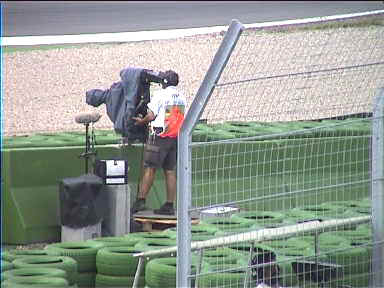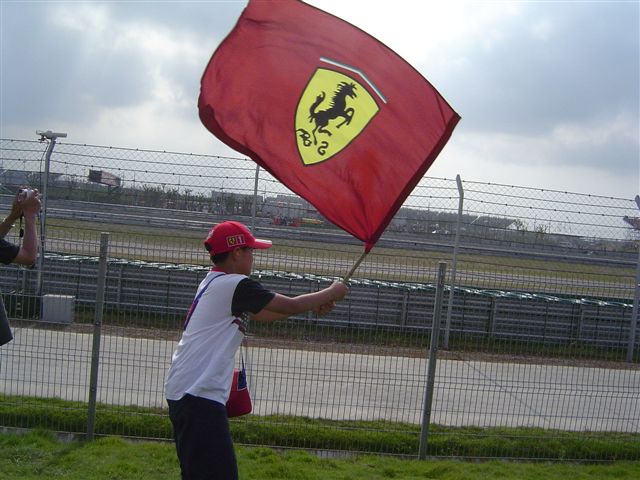Watch a Grand Slam tennis match, a World Cup football game, or even the Superbowl, and you would have to get pretty close to the action to actually see a sponsorship logo. But watch a Formula One race, either on television or at the track, and you cannot help but notice sponsors’ names, logos, and pictures everywhere. They are all over the cars, all over the drivers’ overalls, and the teams are even named after any company who wants to pay enough. It is not impossible for a driver to say: “I am very happy that my Marlboro Scuderia Ferrari team won the Mobil 1 German Grand Prix just one week after losing out at the Foster’s British Grand Prix to the West McLaren Mercedes team.” Wow, what a mouthful! And, from the sponsor’s point of view, what a lot of name checks.
When sponsors first got involved in Formula One back in the 1960s, they only gave some support to certain teams, and their logos were very small. But these days, every single inch of car, track-side billboards, drivers’ clothing, and team clothing is used to advertise a company’s product. There was even an attempt in 2002 to get some sponsors’ logos put on the circuit itself –before the drivers complained that the signage would be too dangerous if the track got wet.
You will see sponsors’ logos covering the front and back of the driver’s overalls, and all over his helmet when he is out on the track. And if that wasn’t enough, as soon as a driver steps out of the cockpit he will be handed a baseball cap that features even more sponsors. When drivers are not even in their racing overalls, they will be wearing T-shirts, shirts, and even trousers that are promoting their sponsors. This is very important because the sponsoring companies pay a lot of money and want as much exposure as possible – so they don’t want their drivers wearing unbranded products while they are at work.
Such high profile allegiance to sponsors is not a bad thing, though. It ensures that teams can attract the big money sponsors that they need to be able to pay to race (see the sidebar “This costs HOW much?!” for details on the amount of money teams need to be competitive in Formula One), while sponsors use their links with Formula One drivers and teams to promote their goods. It is good for the fans too, because it allows them to identify with their favourite drivers. What better way to show your support for a driver than to wear the same cap as he wears? And covered in exactly the same logos.
 The sporting regulations are the framework of rules used for running Grands Prix.
The sporting regulations are the framework of rules used for running Grands Prix.


 T
T













